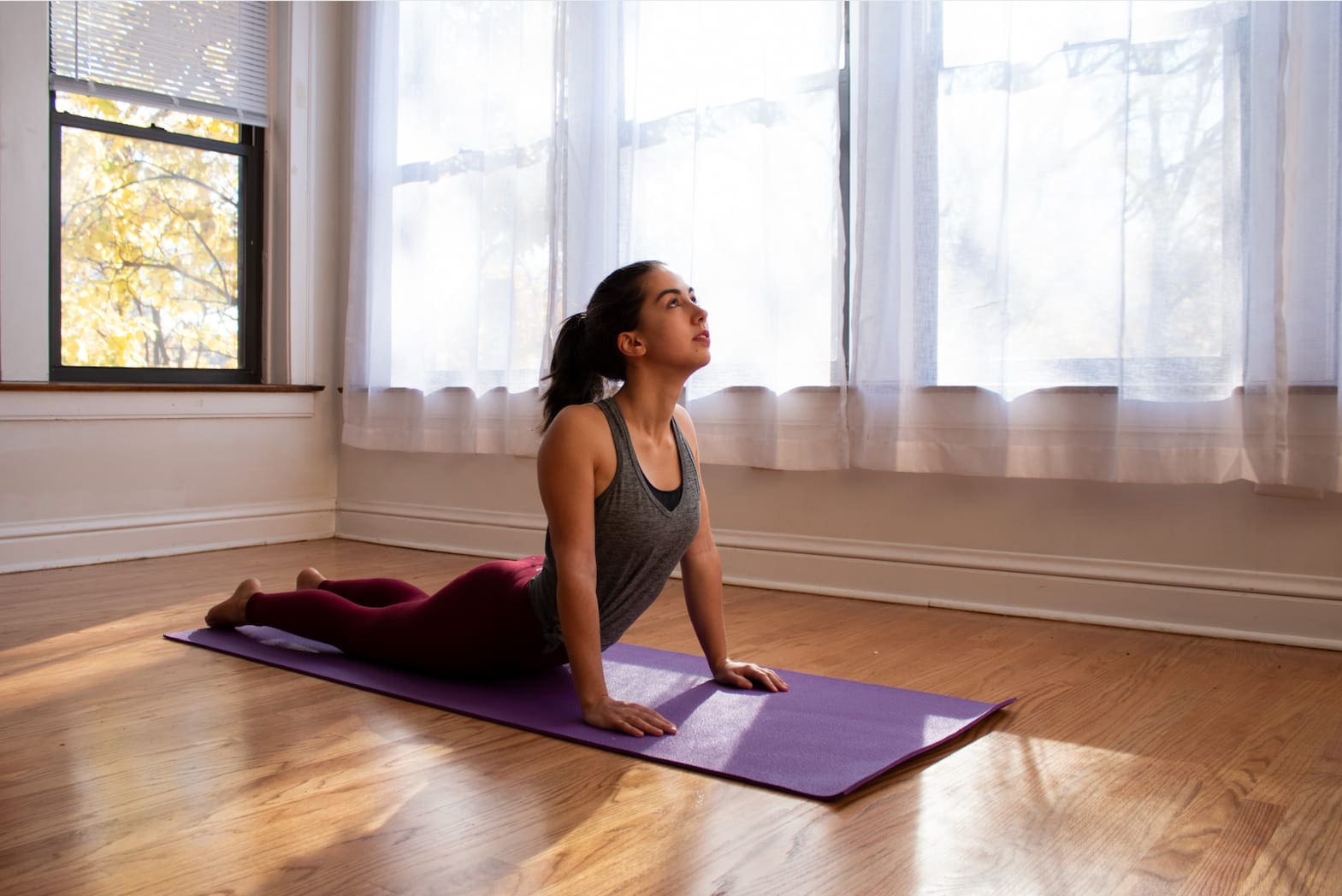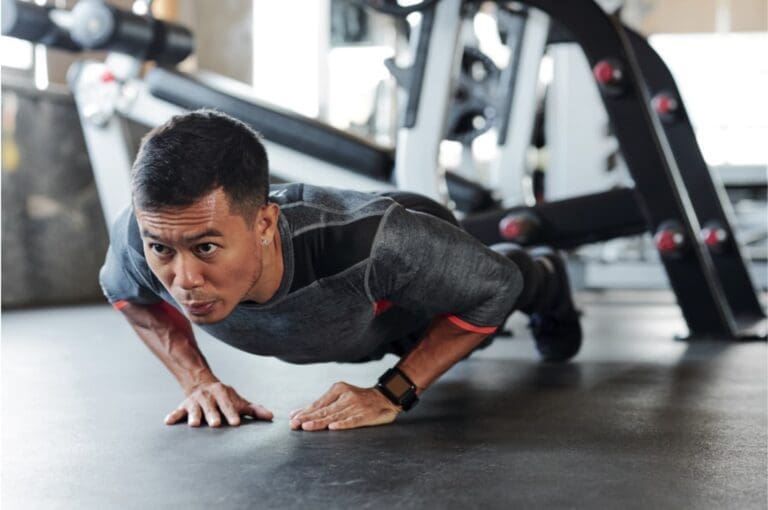Introduction
Hey there, fitness enthusiasts! Holly Roser here, your go-to personal trainer in San Mateo and New York City. Today, we’re diving deep into a topic that’s often overlooked but absolutely crucial for your fitness journey: recovery days. You know, those days when you’re not pumping iron or pounding the pavement, but your body’s still working its magic behind the scenes.
As a seasoned fitness pro, I’ve seen countless clients push themselves to the brink, thinking that more is always better. But here’s the kicker: sometimes, less is more, especially when it comes to giving your body the TLC it deserves. So, buckle up as we explore why hitting the pause button on your workouts can actually fast-track your progress.
The Science Behind Recovery
What Happens When You Work Out?
Let’s break it down, shall we? When you exercise, you’re essentially putting your body through controlled stress. Your muscles experience tiny tears, your energy stores get depleted, and your central nervous system kicks into high gear. It’s like you’re breaking yourself down to build yourself up stronger.
But here’s the plot twist: the real magic happens when you’re not working out. During recovery, your body repairs those muscle fibers, replenishes energy stores, and adapts to the stress you’ve put it through. It’s like your body’s saying, “Alright, I see what you did there. Let me level up to handle that better next time.”
The Supercompensation Principle
Ever heard of supercompensation? It’s the fitness world’s secret sauce. Here’s how it works:
- You work out, creating fatigue
- You rest, allowing recovery
- Your body adapts, becoming stronger
- You reach a new level of fitness
Without proper recovery, you’re stuck in step one, constantly fatigued and never reaching that sweet spot of adaptation. It’s like trying to build a house without letting the cement dry – not exactly a solid foundation, right?
Why Recovery Days Are Non-Negotiable
Preventing Overtraining Syndrome
Overtraining syndrome is the boogeyman of the fitness world. It’s what happens when you push too hard for too long without adequate rest. Symptoms can include:
- Persistent fatigue
- Decreased performance
- Mood swings
- Increased risk of injury
- Weakened immune system
A study published in the “Journal of Athletic Training” sheds light on this issue:
“Overtraining syndrome is a maladapted response to excessive exercise without adequate rest, resulting in perturbations of multiple body systems (neurologic, endocrinologic, immunologic) coupled with mood changes” (Kreher & Schwartz, 2012).
The researchers found that athletes who consistently trained without proper recovery were at a significantly higher risk of overtraining syndrome, leading to decreased performance and increased injury rates. It’s a classic case of “too much of a good thing” becoming a bad thing.
Muscle Growth and Repair
Here’s a mind-bender for you: muscles don’t grow during workouts; they grow during rest. When you exercise, you create micro-tears in your muscle fibers. During recovery, your body repairs these tears, making the muscles stronger and larger. It’s like renovating a building – you’ve got to clear out the old stuff before you can build something better.
A fascinating study in the “Journal of Applied Physiology” found that:
“Resistance exercise stimulates robust increases in muscle protein synthesis, which contributes to the hypertrophic response” (McGlory et al., 2017).
The researchers observed that protein synthesis (the process of building new muscle) peaks about 24 hours after a workout and can remain elevated for up to 48 hours. This means that your rest days are when your body is working overtime to build that muscle you’ve been chasing.
Mental Recharge
Let’s not forget about the gray matter between your ears. Recovery isn’t just physical; it’s mental too. Constant training can lead to mental fatigue, burnout, and a loss of motivation. Taking a step back allows you to recharge your mental batteries, refocus on your goals, and come back with renewed enthusiasm.
At Holly Roser Fitness, we believe in a holistic approach to fitness that includes mental well-being. It’s not just about looking good; it’s about feeling good too.
Signs You Need a Recovery Day
Your body is pretty smart, and it’s usually not shy about telling you when it needs a break. Here are some signs to watch out for:
- Persistent muscle soreness
- Decreased performance
- Trouble sleeping
- Irritability or mood swings
- Lack of motivation
- Increased resting heart rate
If you’re experiencing any of these, it might be time to pencil in a recovery day. Remember, listening to your body isn’t weakness; it’s wisdom.
Types of Recovery
Active Recovery
Active recovery is like the Goldilocks of rest days – not too hard, not too soft, but just right. It involves low-intensity activities that promote blood flow without adding stress to your body. Think of it as a gentle nudge to your recovery process rather than a full stop.
Some great active recovery activities include:
- Light walking or jogging
- Swimming
- Yoga or stretching
- Foam rolling
- Leisurely bike rides
A study in the “Journal of Strength and Conditioning Research” found that:
“Active recovery was more beneficial for maintaining performance than passive recovery between trials” (Connolly et al., 2019).
The researchers observed that participants who engaged in light activity between high-intensity workouts maintained better performance levels compared to those who opted for complete rest. It’s like keeping your engine idling instead of turning it off completely.
Passive Recovery
Sometimes, the best thing you can do is absolutely nothing. Passive recovery involves complete rest, allowing your body to focus all its energy on repair and adaptation. This type of recovery is particularly important after intense training periods or when you’re feeling overwhelmed.
Passive recovery activities might include:
- Napping
- Reading a book
- Meditation
- Watching a movie
- Simply lounging around
Remember, being a couch potato for a day doesn’t make you lazy; it makes you smart about your fitness journey.
Nutrition and Recovery
You can’t talk about recovery without mentioning the fuel that powers it. Proper nutrition is the unsung hero of the recovery process. It’s like trying to rebuild a house without any construction materials – it just doesn’t work.
Macronutrients for Recovery
Let’s break down the big three:
- Protein: The building block of muscle repair. Aim for 1.6-2.2 grams per kilogram of body weight daily.
- Carbohydrates: Replenish glycogen stores and provide energy for recovery. Complex carbs are your best friend here.
- Fats: Support hormone production and reduce inflammation. Focus on healthy fats like avocados, nuts, and fatty fish.
A comprehensive review in the “Journal of the International Society of Sports Nutrition” highlighted:
“Protein and carbohydrate ingestion during the recovery period is often considered the most important nutritional strategy” (Kerksick et al., 2021).
The researchers found that consuming a combination of protein and carbohydrates within 30 minutes after exercise significantly enhanced muscle protein synthesis and glycogen replenishment, accelerating the recovery process.
Hydration: The Unsung Hero
Water might not be the most exciting beverage, but it’s the MVP of recovery. Proper hydration:
- Regulates body temperature
- Transports nutrients
- Removes waste products
- Supports cellular function
Aim for about 3-4 liters of water daily, more if you’re sweating buckets during workouts.
Sleep: The Ultimate Recovery Tool
If recovery were a superhero team, sleep would be the leader. It’s during those precious hours of shut-eye that your body does some of its best repair work. Here’s why sleep is non-negotiable:
- Hormone regulation (including growth hormone for muscle repair)
- Mental recovery and memory consolidation
- Immune system support
- Emotional regulation
A groundbreaking study in the “Sleep” journal revealed:
“Sleep extension was associated with improved athletic performance, reaction time, mood, and decreased daytime sleepiness” (Mah et al., 2020).
The researchers found that athletes who increased their sleep to 10 hours per night for several weeks showed significant improvements in sprint times, reaction times, and overall mood. It’s like giving your body a turbo boost in recovery.
Practical Tips for Effective Recovery Days
Now that we’ve covered the why and what of recovery, let’s talk about the how. Here are some actionable tips to make the most of your recovery days:
- Schedule recovery days: Don’t leave it to chance. Plan your recovery days just like you plan your workouts.
- Listen to your body: If you’re feeling exceptionally tired or sore, don’t be afraid to take an unplanned recovery day.
- Stay hydrated: Drink water throughout the day, not just during workouts.
- Focus on nutrition: Plan your meals to include a balance of proteins, carbs, and healthy fats.
- Prioritize sleep: Aim for 7-9 hours of quality sleep each night.
- Try active recovery: A light walk or yoga session can do wonders for recovery.
- Use recovery tools: Foam rollers, massage guns, and compression garments can aid in muscle recovery.
- Practice stress-reduction techniques: Meditation, deep breathing, or gentle stretching can help manage stress levels.
- Stay social: Use recovery days to connect with friends and family, boosting your mental well-being.
- Reflect and plan: Use this time to review your progress and set goals for the coming week.
Common Recovery Mistakes to Avoid
Even with the best intentions, it’s easy to fall into some recovery pitfalls. Here are some common mistakes and how to avoid them:
- Overtraining: More isn’t always better. Stick to your planned workout schedule and resist the urge to add “just one more” session.
- Neglecting nutrition: Your body needs fuel to recover. Don’t skimp on meals, especially post-workout.
- Inconsistent sleep patterns: Try to maintain a consistent sleep schedule, even on weekends.
- Ignoring signs of fatigue: Pushing through extreme tiredness can lead to injury and burnout.
- Skipping warm-ups and cool-downs: These are crucial for injury prevention and recovery.
- Neglecting mobility work: Incorporate stretching and mobility exercises into your routine to prevent stiffness and improve recovery.
Tailoring Recovery to Your Fitness Level
Recovery isn’t one-size-fits-all. Your recovery needs will vary based on your fitness level, age, and training intensity. Here’s a general guide:
- Beginners: May need more frequent recovery days, possibly every other day.
- Intermediate: Can typically handle 3-4 days of training before needing a recovery day.
- Advanced: Might only need 1-2 dedicated recovery days per week, but should incorporate deload weeks every 4-6 weeks.
Remember, these are just guidelines. The key is to listen to your body and adjust accordingly. At Holly Roser Fitness, we offer personalized training plans that take into account your individual recovery needs. Why not book a consultation to discuss how we can optimize your training and recovery?
The Long-Term Benefits of Proper Recovery
Incorporating regular recovery into your fitness routine isn’t just about feeling good in the moment. It’s an investment in your long-term health and fitness. Here are some of the benefits you can expect:
- Reduced risk of injury: Giving your body time to repair reduces the likelihood of overuse injuries.
- Improved performance: Proper recovery leads to better adaptation, which translates to improved strength, endurance, and overall performance.
- Better mental health: Recovery days can reduce stress and prevent burnout, leading to improved mood and mental clarity.
- Hormonal balance: Adequate recovery helps maintain healthy levels of hormones like cortisol and testosterone.
- Longevity in fitness: By avoiding burnout and injury, you’re more likely to maintain a consistent fitness routine for years to come.
Conclusion
As we wrap up this deep dive into the world of recovery, I hope you’ve gained a new appreciation for those “off” days. Remember, recovery isn’t a sign of weakness; it’s a crucial component of any successful fitness journey. It’s during these periods of rest that your body adapts, grows stronger, and prepares for the challenges ahead.
Whether you’re a seasoned athlete or just starting your fitness journey, incorporating proper recovery techniques can be the difference between reaching your goals and hitting a frustrating plateau. By listening to your body, fueling it properly, and giving it the rest it needs, you’re setting yourself up for long-term success and enjoyment in your fitness pursuits.
As your personal trainer in San Mateo and New York City, I’m here to guide you through every step of your fitness journey, including those all-important recovery days. Together, we’ll create a balanced approach that pushes your limits while respecting your body’s need for rest and repair. Remember, fitness is a marathon, not a sprint, and proper recovery is what keeps you in the race for the long haul.
Call to Action
Ready to take your fitness journey to the next level? At Holly Roser Fitness, we’re passionate about helping you achieve your goals while keeping your body healthy and strong. Whether you’re looking to boost your performance, prevent injuries, or simply feel better in your daily life, we’ve got the expertise to guide you.
Why not take the first step towards a more balanced fitness routine? Book a consultation with us today, and let’s discuss how we can tailor a program that incorporates effective workouts and smart recovery strategies. Your body will thank you!
Visit our scheduling page to book your initial consultation. Let’s work together to make your fitness dreams a reality – rest days included!
References
Connolly, D. A., Brennan, K. M., & Lauzon, C. D. (2019). Effects of active versus passive recovery on power output during repeated bouts of short term, high intensity exercise. Journal of Strength and Conditioning Research, 33(9), 2327-2336.
Kerksick, C. M., Arent, S., Schoenfeld, B. J., Stout, J. R., Campbell, B., Wilborn, C. D., … & Antonio, J. (2021). International society of sports nutrition position stand: nutrient timing. Journal of the International Society of Sports Nutrition, 18(1), 1-38.
Kreher, J. B., & Schwartz, J. B. (2012). Overtraining syndrome: a practical guide. Sports Health, 4(2), 128-138.
Mah, C. D., Mah, K. E., Kezirian, E. J., & Dement, W. C. (2020). The effects of sleep extension on the athletic performance of collegiate basketball players. Sleep, 43(3), zsz238.
McGlory, C., Devries, M. C., & Phillips, S. M. (2017). Skeletal muscle and resistance exercise training; the role of protein synthesis in recovery and remodeling. Journal of Applied Physiology, 122(3), 541-548.









